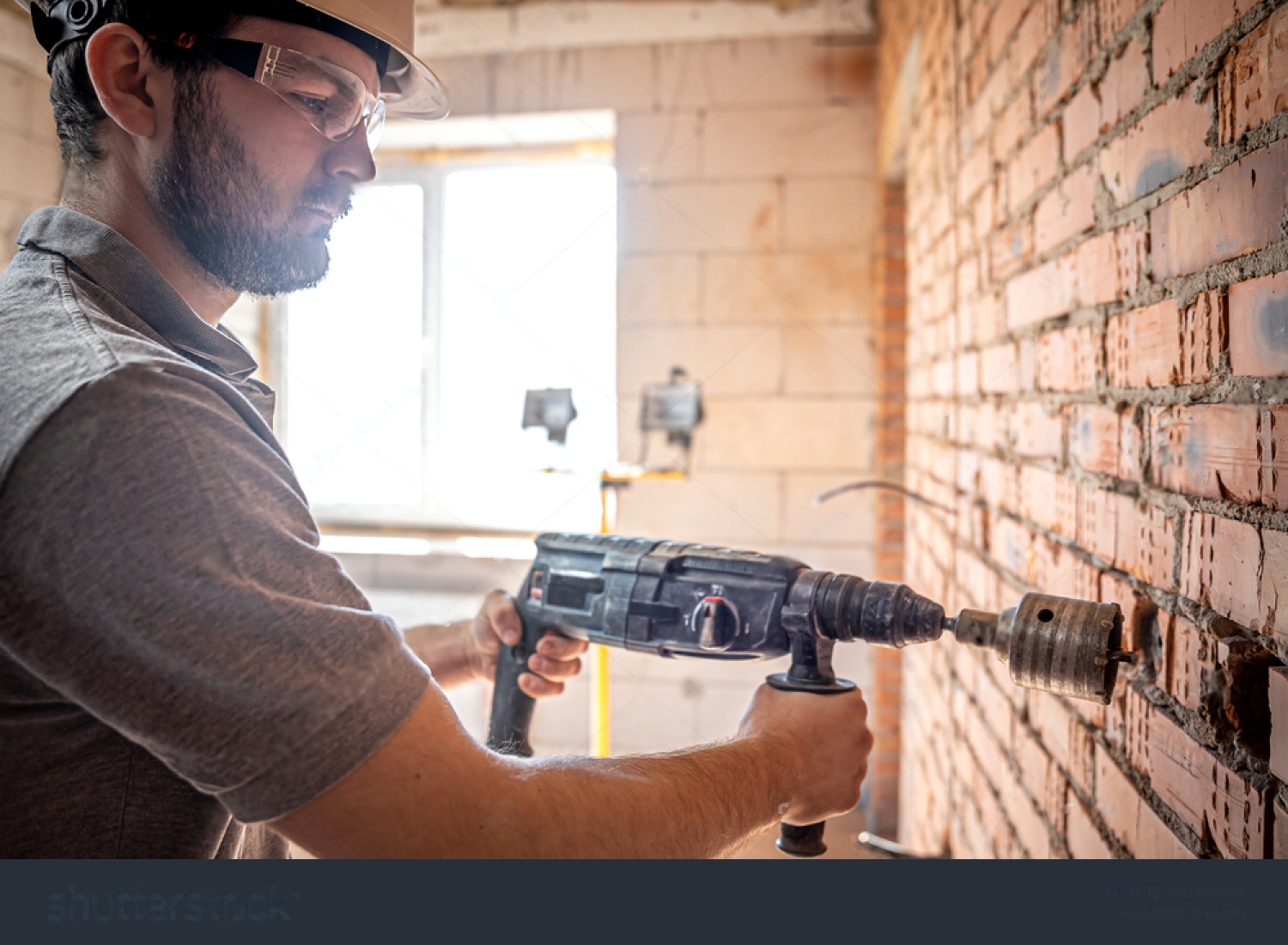
Homeownership comes with its set of challenges, and foundation issues are among the most daunting. A compromised foundation can lead to a myriad of problems, from minor inconveniences to significant structural damage. This blog post delves into the foundation repair process, focusing on cracked or leaky basement walls, and provides homeowners with essential information on identifying signs of damage, understanding repair techniques, and estimating potential costs.
Identifying Signs of Foundation Damage
Recognizing early signs of foundation problems can save homeowners from costly repairs down the line. Key indicators include:
- Exterior Wall Cracks: Small, hairline cracks might be harmless, but larger, more erratic cracks can indicate serious foundation issues.
- Interior Wall or Floor Cracks: Cracks wider than ¼ inch or those accompanied by water damage are red flags signaling foundation shifts or settling.
- Doors and Windows Issues: Difficulty opening or closing doors and windows can suggest foundational shifts.
- Gaps Around Windows and Doors: These gaps, especially if they widen over time, can point to underlying structural problems.
- Sagging or Uneven Floors: In homes with pier and beam foundations, sagging floors often signal foundational concerns.
- Damp Crawl Spaces: Persistent moisture in crawl spaces can lead to rot, termite infestation, and mold, compromising the foundation’s integrity.

Foundation Repair Techniques
The foundation repair process varies depending on the damage’s extent. Common techniques include:
- Epoxy Injections: Suitable for minor cracks, epoxy or polyurethane foam injections seal leaks effectively, preventing water ingress.
- Underpinning: This method stabilizes the foundation by extending it to more stable soil, often necessary for significant settling or shifting.
- Piering: Steel posts are driven through unstable soil to stable ground, providing solid support to the foundation.
- Mudjacking: A grout mixture is pumped beneath the slab to lift and stabilize sunken concrete sections.
- Waterproofing: Both exterior and interior waterproofing measures are crucial to prevent water from reaching the foundation walls, further preventing leaks and dampness.
Cost Considerations
The cost of foundation repairs can vary widely:
- Minor Repairs: Sealing small cracks might cost between $250 to $800.
- Leak Repairs: Depending on severity, fixing leaks can range from $2,000 to $7,000.
- Major Repairs: Underpinning or piering can be significantly more expensive, potentially reaching tens of thousands of dollars based on the damage extent and chosen repair method.
DIY vs. Professional Repairs
While homeowners may be tempted to tackle minor repairs, it’s crucial to understand when to call in professionals:
- DIY: Minor crack repairs can sometimes be managed with DIY kits, but these are often temporary fixes.
- Professional: Significant structural issues require professional evaluation and repair to ensure long-term stability and safety.
In conclusion, foundation issues, particularly cracked or leaky basement walls, are a significant concern for homeowners. Early detection, understanding repair options, and knowing when to seek professional help can make a substantial difference in managing these problems effectively. Homeowners equipped with this knowledge can make informed decisions, ensuring their home’s safety and structural integrity.

Recent Comments